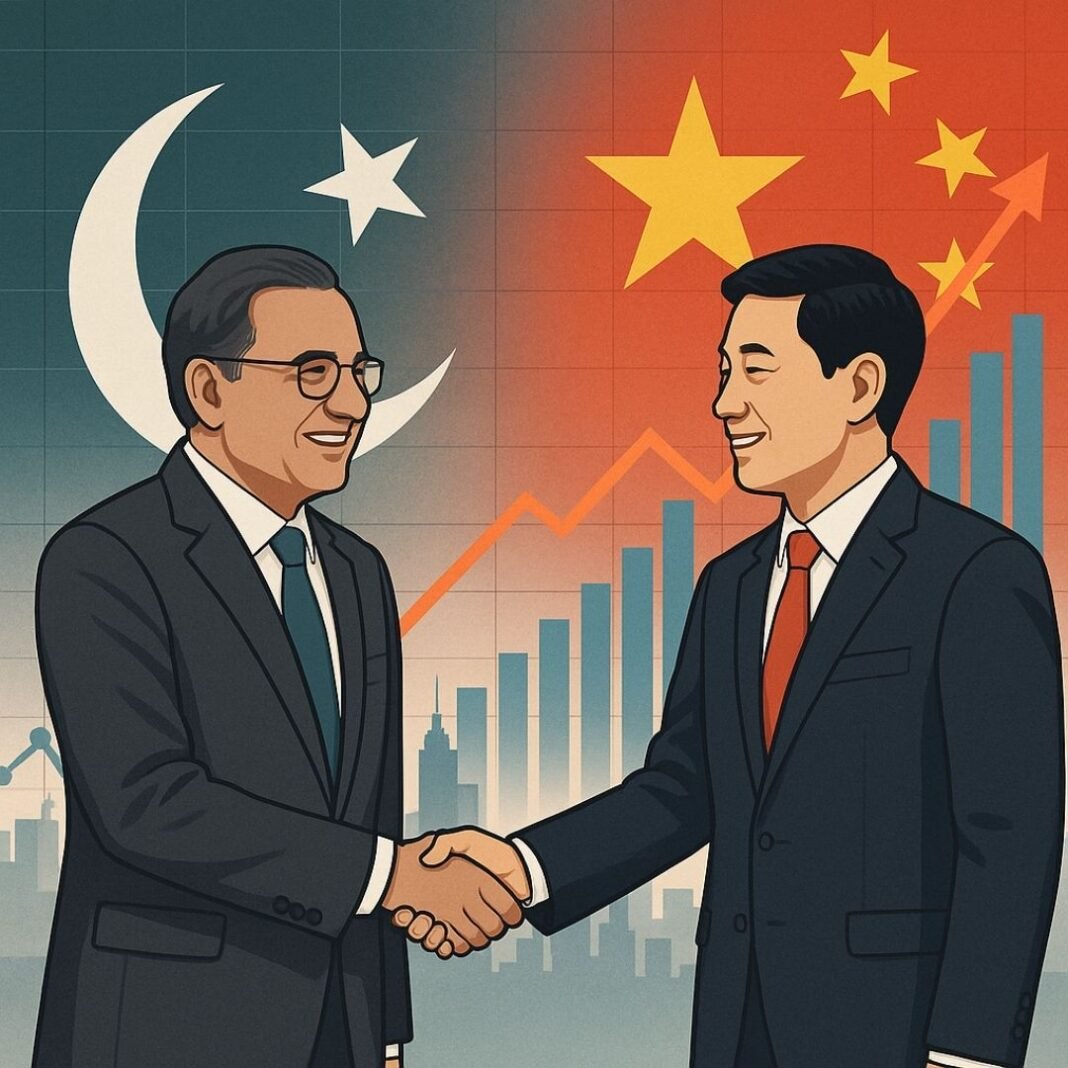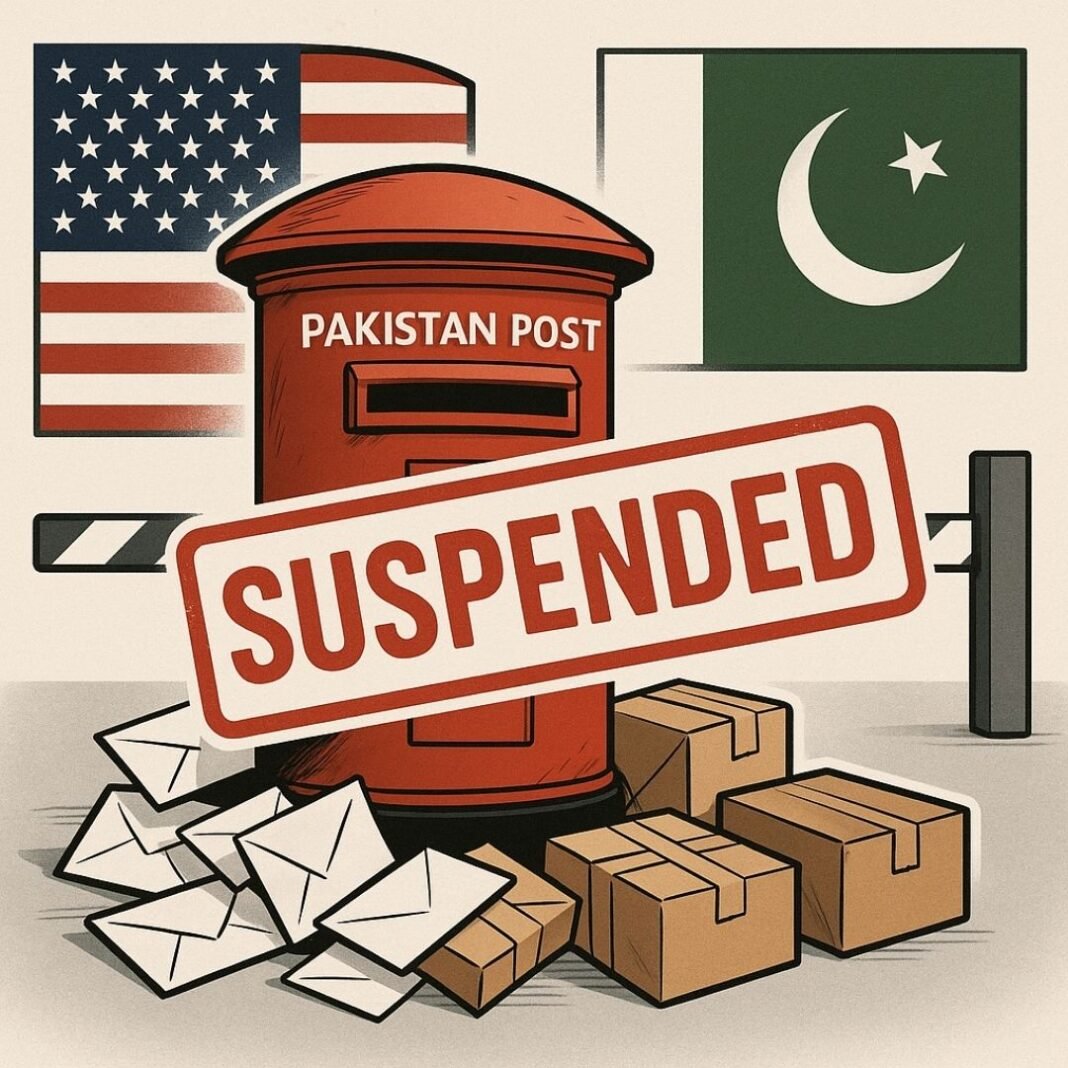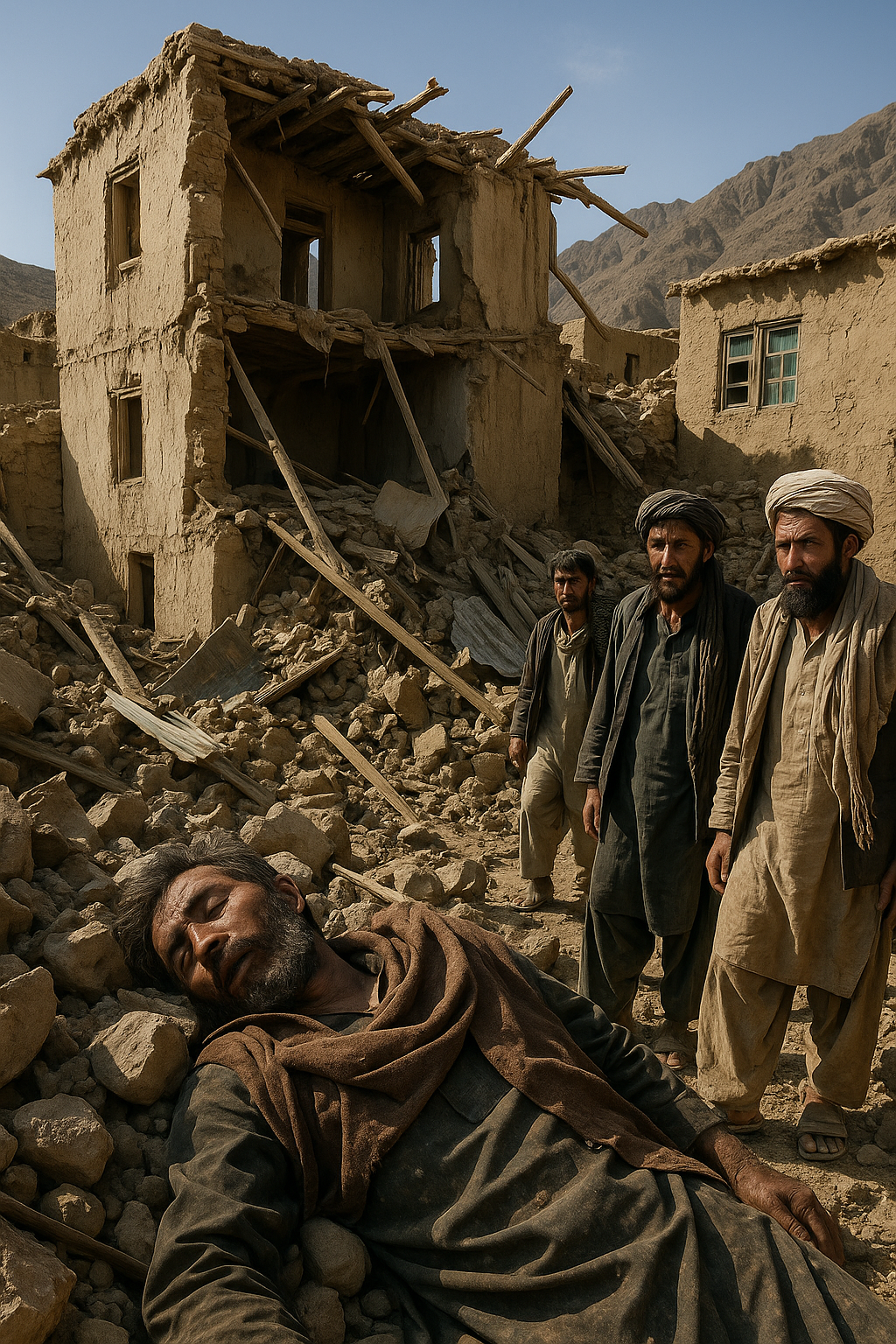Beijing, Sept 1 (Buzz Pakistan) — Pakistan’s Finance and Revenue Minister, Senator Muhammad Aurangzeb, is on a mission to sell Pakistan’s comeback story. On Monday, he sat down in Beijing with Mr. Jing Feng, Chairman of Hongta Securities, one of China’s leading financial institutions, to pitch Pakistan as an investment destination worth betting on.
And for once, the pitch has numbers to back it up.
Credit Ratings Get a Boost
After years of downgrades and economic turmoil, Pakistan’s creditworthiness is finally heading in the right direction. In the past few months:
- Moody’s raised Pakistan’s rating from Caa2 to Caa1 (Stable outlook) on August 13, 2025.
- Fitch lifted its rating from CCC+ to B- in April.
- S&P Global followed suit in July, upgrading Pakistan from CCC+ to B- with a stable outlook.
For investors, these aren’t just alphabet soups—they signal lower borrowing costs, stronger repayment capacity, and growing international confidence. Following Moody’s upgrade, Pakistan’s international bonds even surged to their highest levels since 2022, trading near 90–100 cents on the dollar.
From Crisis to Recovery
Pakistan’s economy has had a rollercoaster few years, marked by shrinking reserves, soaring inflation, and an IMF lifeline. But with reforms taking hold, reserves stabilizing, and external support rolling in, the narrative is shifting from “default risk” to “recovery play.”
Aurangzeb is making sure investors know it.
“We are firmly committed to our reform agenda and greatly value our partnership with Chinese investors. Together, we can unlock new opportunities that will strengthen our economies,” he told Chairman Feng.
Why Beijing, Why Now?
China isn’t just a trading partner—it’s a capital lifeline. By engaging Hongta Securities, Pakistan is eyeing deeper financial sector ties, possibly paving the way for instruments like Panda bonds (yuan-denominated bonds issued in China).
For Pakistan, this means diversifying financing sources, reducing reliance on Western lenders, and attracting more institutional investors from the world’s second-largest economy.
What’s Next?
The message is clear: Pakistan wants to move beyond crisis management and into growth mode, and it wants Chinese investors to come along for the ride.
Whether this renewed optimism translates into fresh capital inflows remains to be seen, but one thing is certain: Islamabad is working hard to change the narrative from “financially fragile” to “investment-ready.”
👉 Question for Readers: Do you think global investors—especially in China—will buy into Pakistan’s new stability story, or is it too early to celebrate?



